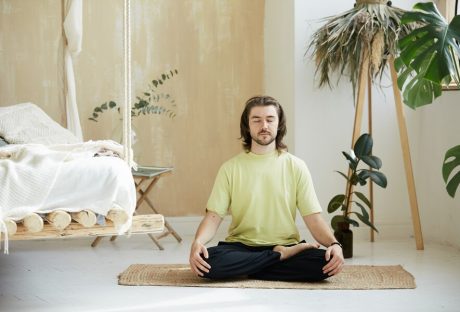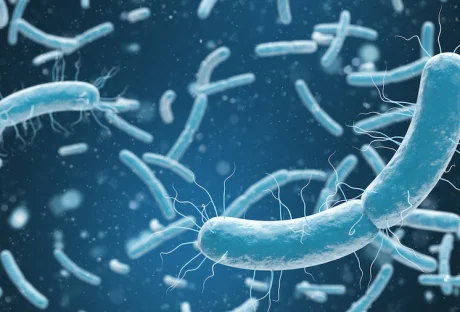Occupational therapy (OT) can be an empowering practice that helps individuals overcome potential barriers and experience the joys of daily life more fully. A significant contributor in this area has been the National Disability Insurance Scheme (NDIS), which has transformed numerous lives by providing financial resources needed for personalised therapeutic care – thus mainstreaming occupational therapy services into society.
Unveiling The Role Of Occupational Therapy
What Is Occupational Therapy?

Occupational therapy (OT) is a health profession dedicated to helping individuals of all ages maintain, improve or regain the skills needed for daily living and working activities. These may range from physical activities like dressing and cooking to cognitive functions like problem-solving or maintaining focus; ultimately, OT encourages individuals to live independent and fulfilling lives.
Why Is OT Important?
Occupational therapy’s significance lies in its broad scope. For individuals living with disabilities, illness, or injury, occupational therapy provides a way to regain lost abilities and regain autonomy. Still, more broadly speaking, it is a preventative practice promoting healthier lifestyle choices for a better tomorrow.
OT’s Impact On Different Age Groups
OT’s effects are profound, touching all age demographics. Children rely on occupational therapy for development milestones; adults use it to ease back to work after injury, while seniors depend on it to maintain independence by equipping themselves with skills needed to complete daily activities safely.
NDIS And Its Revolutionary Impact
An Overview Of NDIS
The National Disability Insurance Scheme (NDIS) is an innovative initiative to support Australians with disabilities. It provides individuals with financial resources so they may access personalised support and services – including occupational therapy – in an individualised fashion.
NDIS’s Role In Promoting OT
NDIS has been essential in expanding occupational therapy (OT) access. By funding its services, NDIS ensures that individuals of any financial status may take advantage of its therapeutic offerings.
How NDIS Changes Lives With OT
NDIS has brought occupational therapy (OT) into many households and improved lives. It has helped individuals recover following injuries more rapidly, enabled children with disabilities to reach their full potential, and helped adults and the elderly maintain independence.
Exploring NDIS And OT Success Stories
Recovering From Injury With OT And NDIS
NDIS has immensely contributed to helping individuals heal from injuries by funding occupational therapy – allowing them to regain their abilities and return to daily living routines. Not only does OT address physical healing, but it also addresses emotional and psychological aspects leading to holistic healing.
Assisting Children’s Development
Children with disabilities often face developmental obstacles that impede their growth. But thanks to the NDIS funding Occupational Therapy services, these children can receive tailored support that helps them overcome them. Through engaging and playful methods, OT helps these kids reach developmental milestones while building confidence and encouraging independence.
Promoting Independence In Adults And The Elderly
Independence is essential in adult and elderly life. Thanks to the National Disability Insurance Scheme (NDIS), funding occupational therapy services designed to enhance and preserve freedom has revolutionised adult and elderly life. Occupational therapy services provided under NDIS have significantly contributed to a higher quality of life for its recipients, from refining motor skills and improving mobility to cognitive exercises to maintain mental acuity.
The Future Of NDIS And OT
Ongoing Research And Development
NDIS and occupational therapy (OT) have an unbreakable bond, set to deepen with ongoing research and advancements in both fields. As we gain greater insight into disability impacts and manifestations, OT techniques continue to develop with NDIS’ support, ensuring those in need can access these new approaches.
Broadening Accessibility And Reach
NDIS continues to work toward expanding access to occupational therapy (OT) services for individuals living in remote locations. Teletherapy plays an integral part by providing remote consultations and therapy sessions.
Continuing To Empower Lives
NDIS and occupational therapy have already transformed countless lives and will do so in the future. Every success story is evidence of occupational therapy’s transformative power as an enabler and NDIS’ enabling role.
Conclusion:
Empowering lives requires more than simply providing care; it means changing societal perceptions of disability, promoting inclusivity and accepting diversity. OT and NDIS play critical roles in this transformation by changing individual lives and creating a more compassionate society.
NDIS provides much more than funding: its steadfast support of occupational therapy stands as a beacon of hope to individuals with disabilities and their families, evidence of society’s progress towards inclusiveness, and recognition of occupational therapy’s life-altering power.
Read Also :























All Comments
pokemon online
Pretty! This has been a really wonderful post. Thanks for supplying this info.